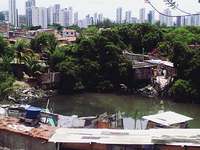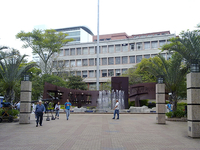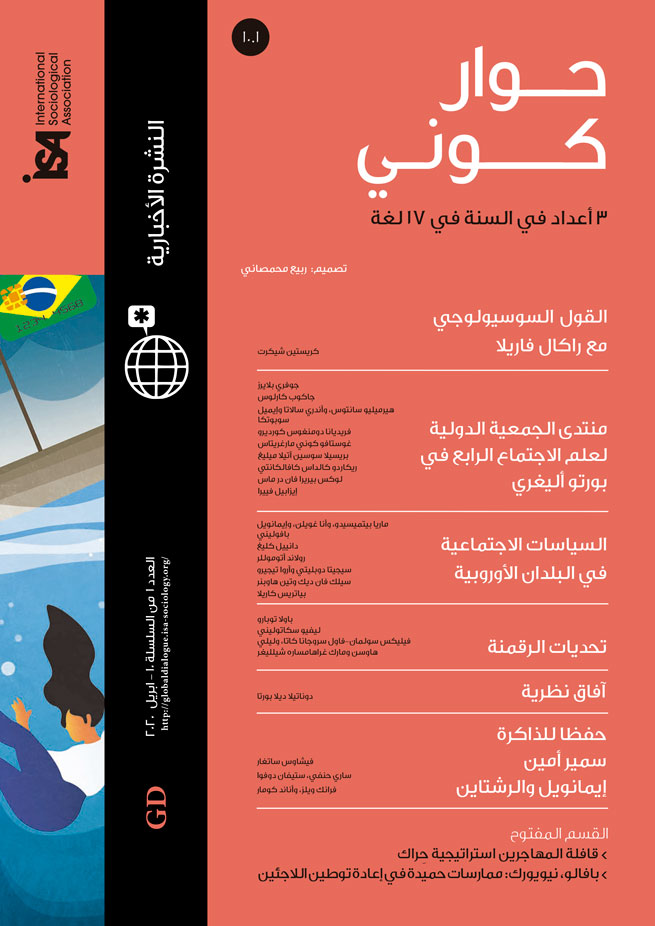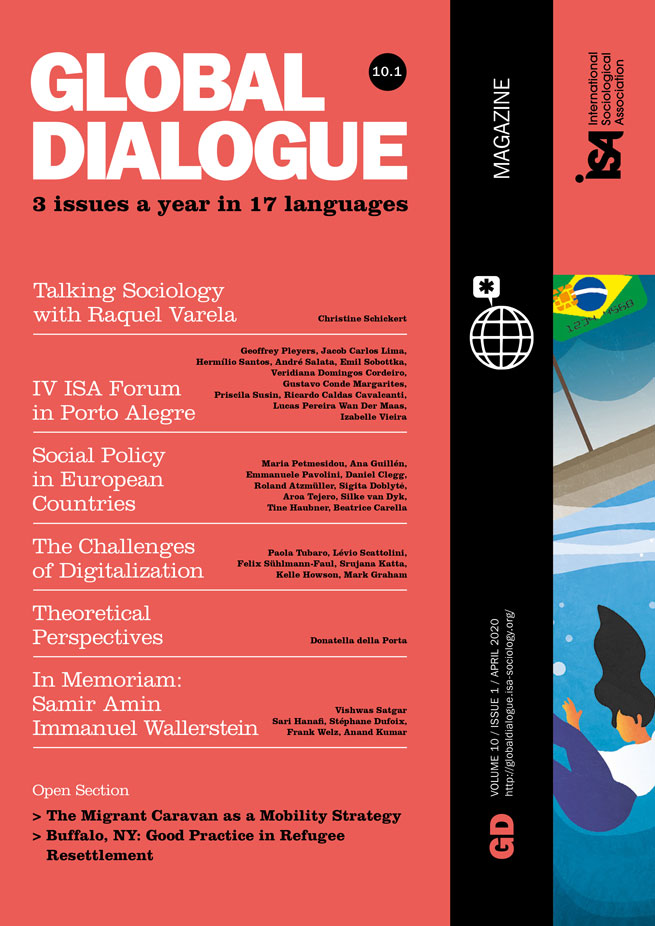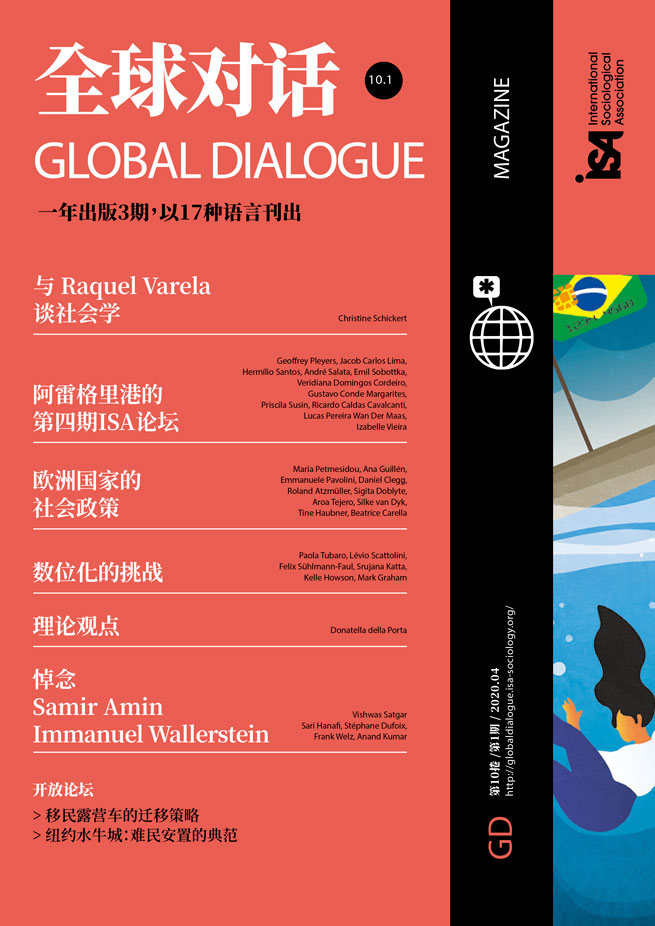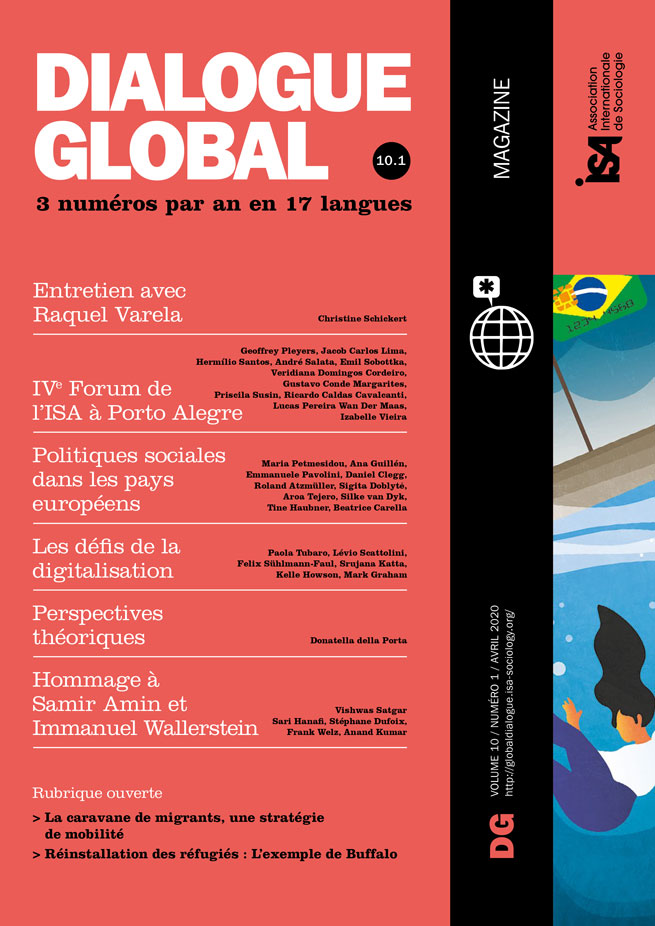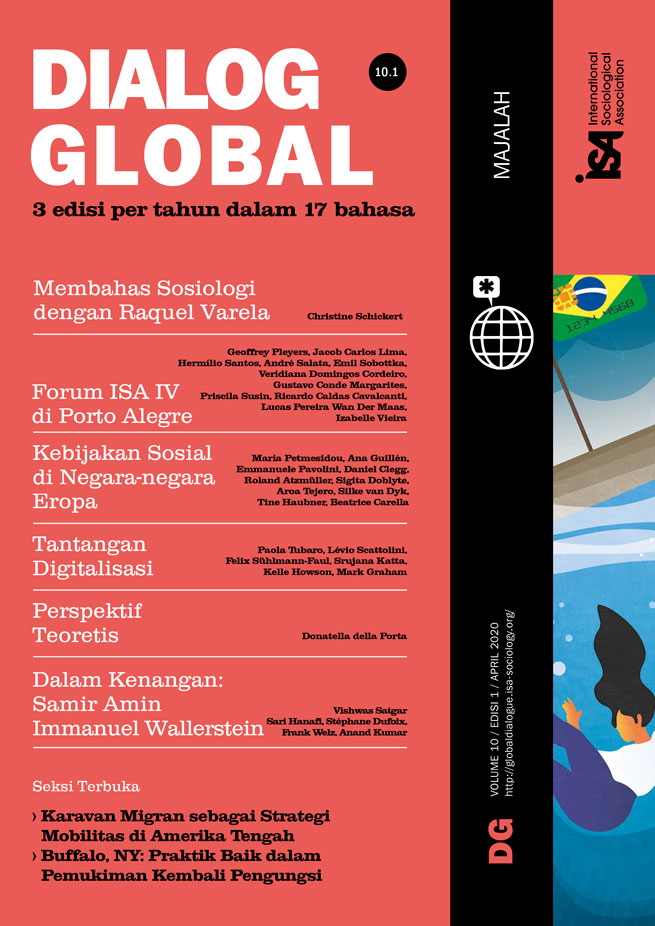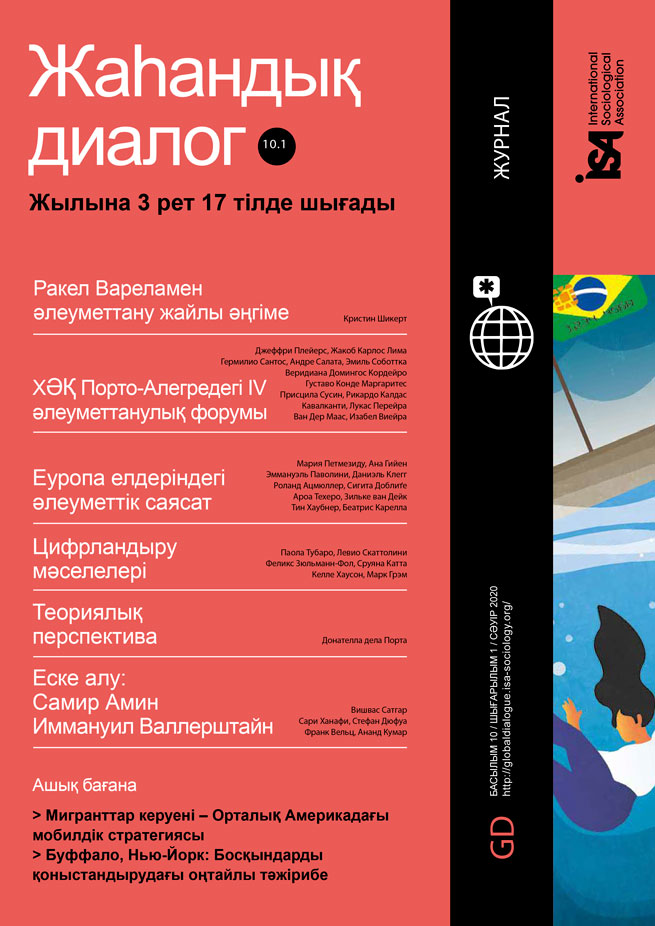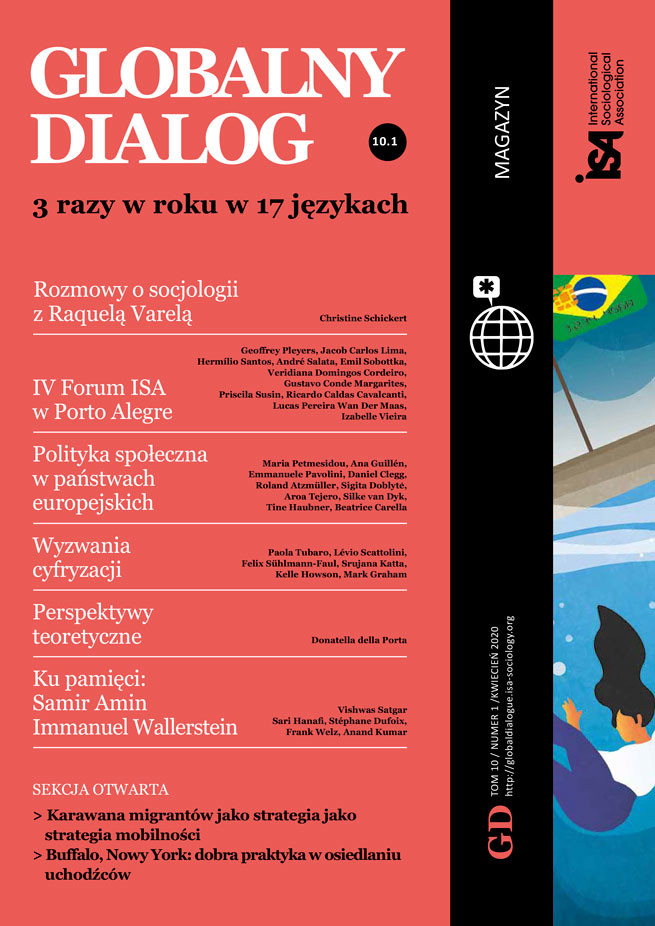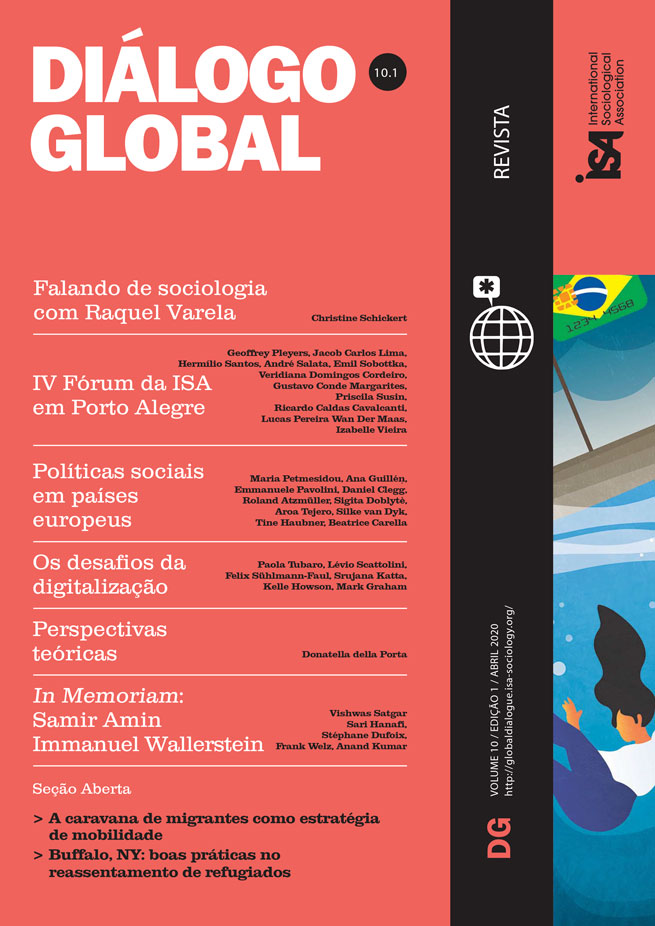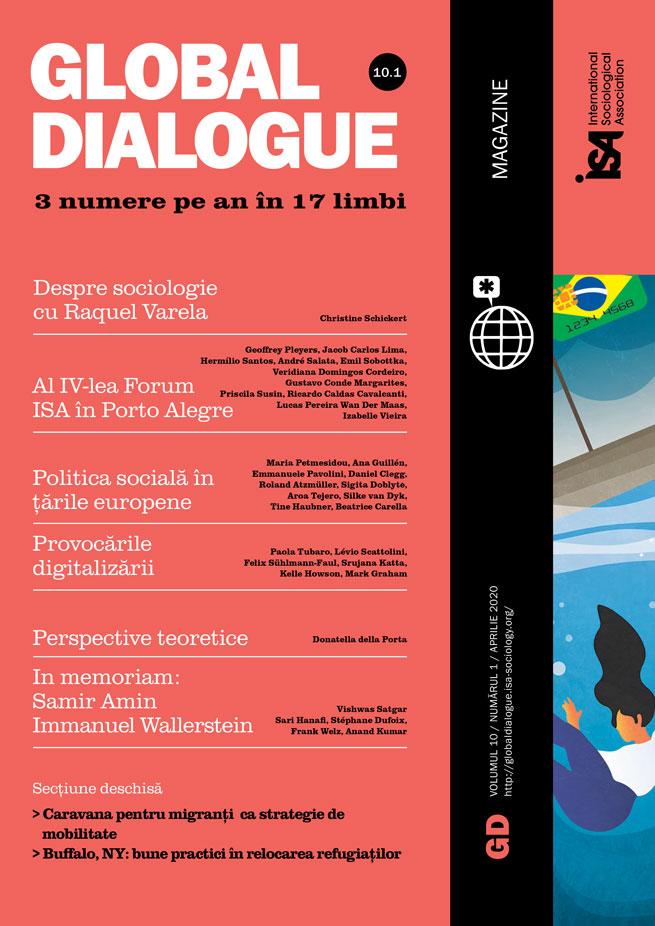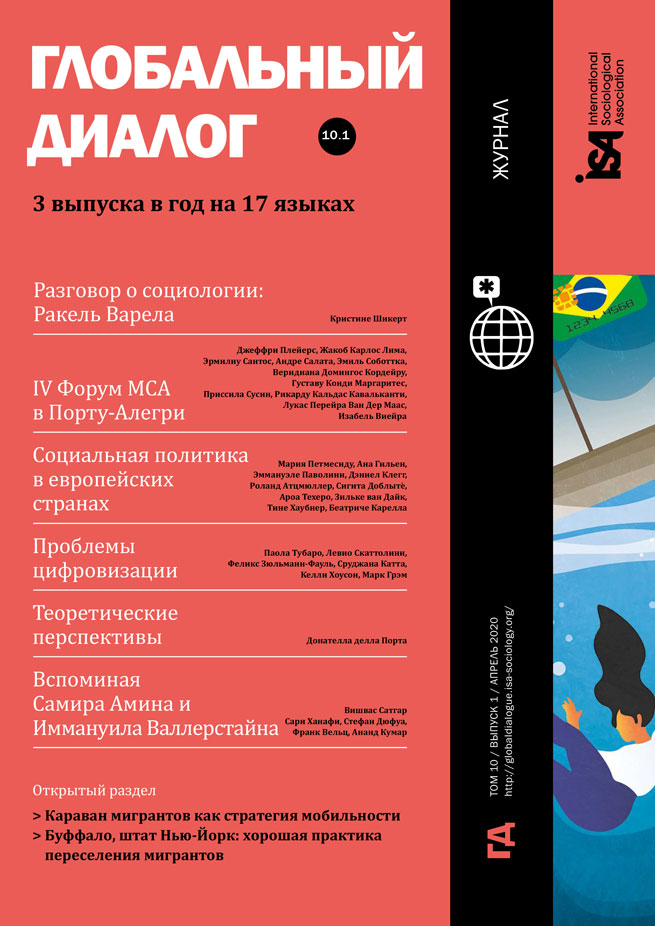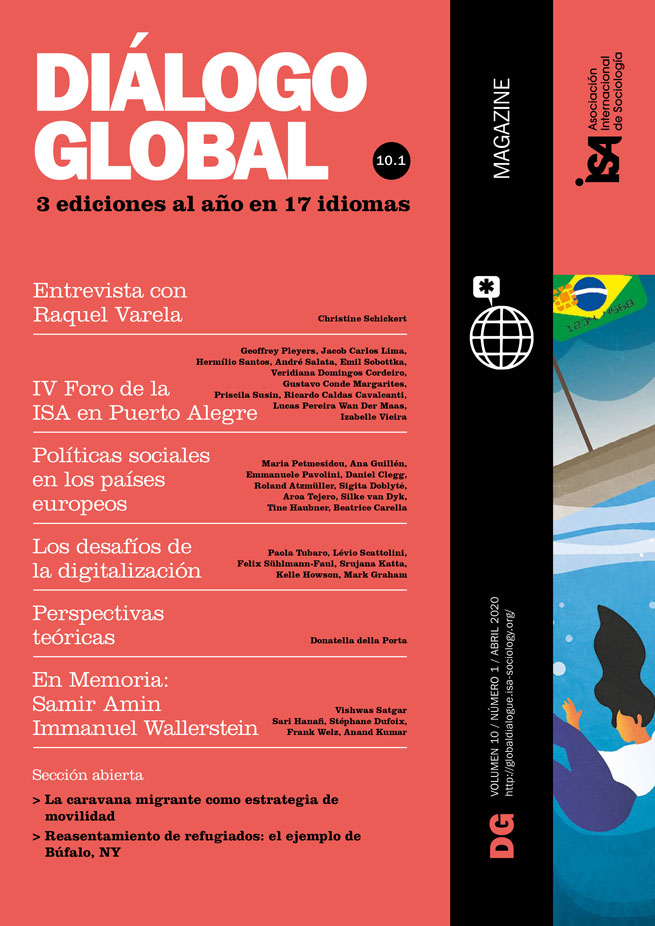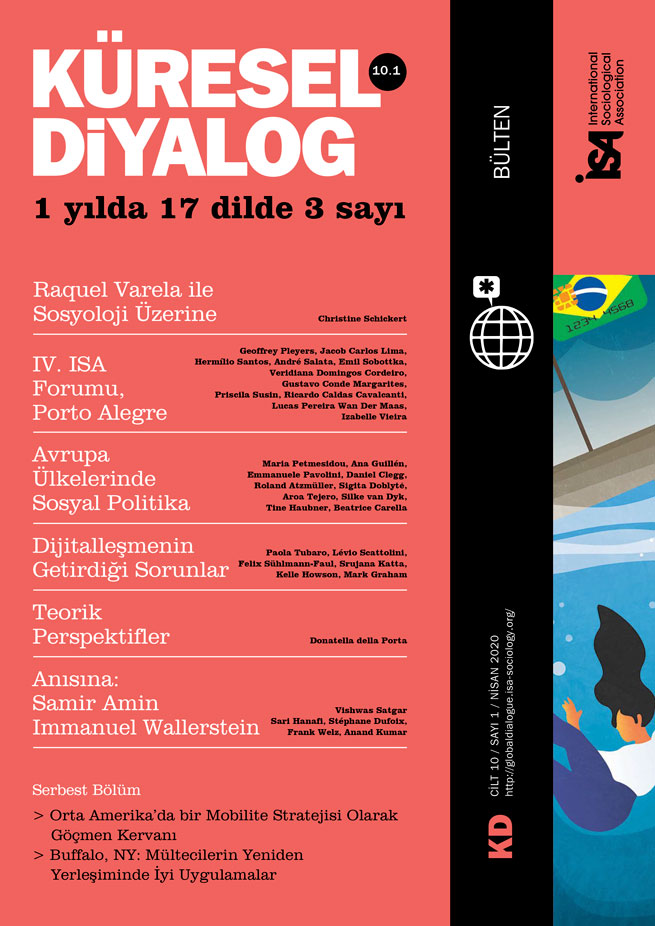Due to the expansion and democratization of higher education in the country, the professional world in Brazil has changed. Between 2000 and 2010, the population with university credentials more than doubled, including more people with traditionally low participation in higher education, more particularly women, people who identified themselves as black or brown and low-income people.
While in high-income countries the expansion of university access began in the 1960s, reaching over 50% of the Net Schooling Rate, in Brazil it only began in the 1980s. Between 2000 and 2010, the proportion of 18- to 24-year-olds eligible for higher education increased from 28.4% to 48.5%. However, the proportion of people who effectively accessed higher education ranged from only 9.1% to 18.7%. The Net Schooling Rate went from 7.4% to 14%, still a low rate compared to some countries in Latin America like Chile and Argentina, which registered values above 30% in 2010.
In addition, the entry of new university-educated professionals into the labor market did not meet a corresponding demand. There is now a scenario of credential inflation, i.e. a combination of higher education requirements, insufficient absorption of professionals into the labor market, increased competition for professional positions, and economic devaluation of credentials. Credential inflation relates not only to the imbalance between supply and demand but to the reduction of society’s ability to produce advantages through credentials, which are devalued as a mechanism of social distribution.
My PhD research aimed at understanding how the extension of the social base of professional groups and the concurrent devaluation of credentials affected the processes of social stratification based on professionalism, especially in terms of conservation and acquisition of positions linked to the middle class. My study focused on the trajectories of two professions in the health field - medicine and nursing - empirically analyzing inter- and intra-professional inequalities between 1991 and 2010.
Demography, higher education, and labor market data from public sources was used in addition to primary data collected through an online survey to a sample of 217 doctors and 222 nurses. Trajectories were constructed through multiple correspondence and cluster analyses, aiming to empirically organize the professional space around variables that describe the different individual paths from the family of origin, through professional training, to job insertion. The analysis allowed interpreting the professional space from the positions, divisions, and displacements of its agents.
At least four findings should be listed: (i) a significant rise in diplomas and graduates as a result of the increase in vacancies in higher education between 1991 and 2010; (ii) an expansion in the social base of recruitment, especially among women, low-income students, and those self-identifying as black or brown; (iii) a depreciation of credentials within the middle class in a context of increasing competition for salaried positions in the professional markets; and (iv) an increase in the horizontal hierarchy within the undergraduate population, with disadvantages for women, black and brown people, youth, and members of the less prestigious professions.
The trajectories identified (although not the only ones possible) demonstrated the importance of family inheritance and higher education pathways in accessing prominent positions in the professional space. The period of graduation and the age of professionals also contribute to inter- and intra-professional differentiation. Gender segmentation also plays a role, as women’s participation is higher in less capitalized trajectories. Inter- and intra-professional differences both reproduce and reinforce inequalities within the professional space. Such differences are also expressed in the class perception of respondents.
In short, openness to professionalism in Brazil between 1991 and 2010 has redefined the professional space, which has become less capitalized and more unequal. Nevertheless, its internal structure has not changed in terms of inter- and intra-professional divisions, with professionalism being maintained as a mechanism for the reproduction of high positions, although the movements of social ascension have expanded.
Lucas Pereira Wan Der Maas, Federal University of Minas Gerais (UFMG), Brazil <lucaswander@hotmail.com>

